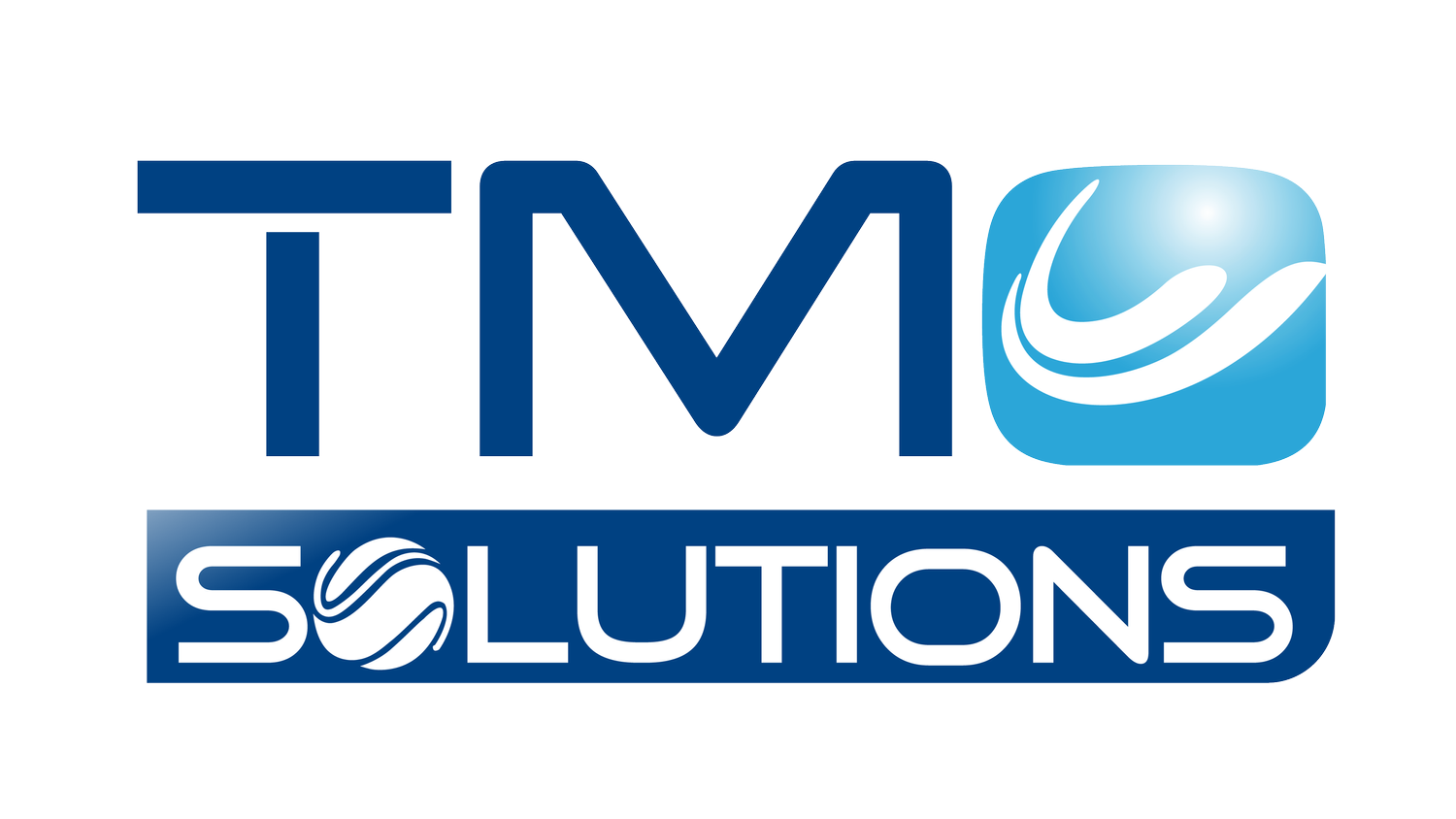Setting Up Your In-House Reliability Testing Lab
Guide to Setting Up Your Reliability Testing Lab
Having an in-house reliability testing laboratory really opens up the way for business perspectives in industries related to aerospace, automotive, electronic, and manufacturing sectors. Companies can reduce time-to-market, meet compliance with international standards, and have better control over product quality with internal product testing. Building a successful reliability testing lab requires proper planning, investment, and expertise. This guide will walk you through the best practices for setting up your lab, ensuring maximum efficiency and accuracy.
Why Invest in an In-House Reliability Testing Lab?
A reliability testing lab enables companies to:
Accelerate Product Development: Identify and rectify design flaws early.
Enhance Product Quality: Test against real-world conditions to ensure durability.
Ensure Compliance: Meet standards like ISO, IEC, and ISTA.
Reduce Costs: Avoid expensive recalls or third-party testing fees.
According to a study by MarketsandMarkets, the global testing, inspection, and certification market is projected to grow from $230 billion in 2021 to $285 billion by 2026, emphasizing the rising demand for quality assurance.
Best Practices for Setting Up Your Lab
1. Define Your Testing Requirements
Before purchasing equipment, assess your product’s testing needs. Consider:
Type of Tests: Vibration, shock, environmental stress, or drop tests.
Applicable Standards: Ensure the lab complies with standards like IEC 60068, ISTA, or MIL-STD.
Frequency and Intensity: Understand the level of testing your products require.
2. Select the Right Equipment
Choose equipment that aligns with your testing objectives. For example:
Shock Test Systems: For simulating sudden impacts.
Vibration Shakers: To replicate real-world vibrations.
Environmental Chambers: To test against temperature and humidity fluctuations.
Opt for versatile machines like TMC Solutions’ hydraulic shock test systems, which accommodate a wide range of testing scenarios.
3. Optimize the Layout
Design a lab layout that ensures efficiency and safety:
Dedicated Zones: Separate areas for vibration, shock, and environmental testing.
Ergonomic Setup: Easy access to equipment and control panels.
Safety First: Include emergency stops and ventilation for hazardous tests.
4. Train Your Team
Your lab’s efficiency depends on the expertise of your staff. Offer:
Regular Training: On equipment operation and maintenance.
Standard Procedures: Establish clear protocols for each test.
Certification Courses: Encourage team members to obtain relevant certifications.
5. Data Management and Analysis
Invest in software that collects and analyzes test data in real time. Key features should include:
Customizable Reports: Generate reports tailored to your needs.
Trend Analysis: Identify patterns over time.
Compliance Documentation: Ensure tests meet regulatory standards.
TMC Solutions’s reliability testing solutions are integrated with controllers and software for your easy use.
6. Maintain and Calibrate Equipment Regularly
Preventive maintenance ensures equipment operates at peak performance. Create a schedule for:
Routine Inspections: Check for wear and tear.
Calibration: Align equipment with international standards.
Upgrades: Incorporate new technologies to stay competitive.
7. Collaborate with Experts
Partner with industry leaders like TMC Solutions for consultation and support. From equipment selection to installation, expert guidance ensures your lab operates seamlessly.
Key Benefits of an In-House Lab
Enhanced Reliability: Deliver products that customers can trust.
Faster Innovation: Quickly adapt to market demands.
Cost Savings: Reduce reliance on external labs.
Conclusion
Establishing an in-house reliability testing lab is a strategic move that offers long-term benefits. By following these best practices, companies can ensure their lab operates efficiently, complies with industry standards, and delivers accurate results.
Interested in learning more about setting up your lab? Contact TMC Solutions today to explore our state-of-the-art testing systems and expert guidance.

